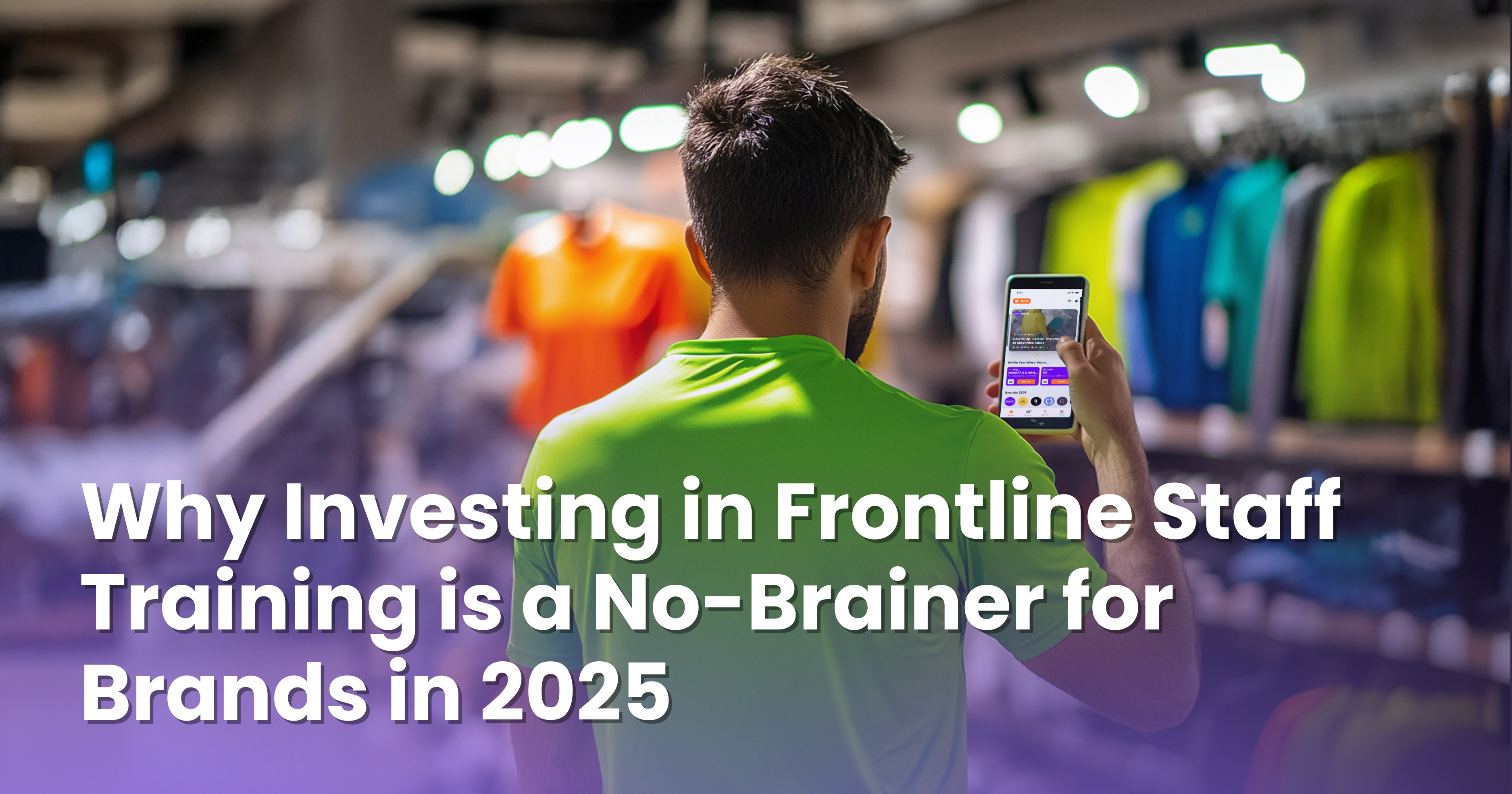
We’re witnessing a significant shift: the return to wholesale. After years of direct-to-consumer (DTC) dominance, brands have realized that the most effective strategy isn’t about eliminating channels but embracing them strategically.

The DTC Bubble Bursts
The once-celebrated DTC model has faced harsh realities:
- Customer acquisition costs on social media have skyrocketed
- Venture funding has dried up
- Online fulfillment expenses have grown
- Brands have hit their own growth ceiling
Simeon Siegel from BMO Capital Markets puts it bluntly: “What they finally realized was: No one eliminates the middle person; they simply become the middle person, and that brings its own set of costs.”
Brands Leading the Wholesale Resurgence
Vuori: Strategic Partnership from the Start
Vuori exemplifies intelligent channel management. Andy Lawrence, VP of International at Vuori, explains: “Our distribution is deliberately limited to only the best accounts. Wholesale, if done correctly, allows brands to connect authentically with local customers.”
Hoka and On: The Hybrid Heroes
Running brands Hoka and On have masterfully demonstrated the power of a balanced approach, maintaining strong DTC sales while cultivating robust wholesale relationships.
Why Wholesale is Making a Comeback
- Cost-Effective Customer Acquisition: Wholesale partners provide access to a broader customer base at a lower cost than digital advertising.
- Brand Awareness: Retail partners offer valuable exposure, especially for newer brands.
- Inventory Management: Wholesale can help brands manage inventory more effectively, reducing the risk of overstock.
The Consumer-Driven Shift
Matt Katz from SSA & Company highlights a critical insight: “Consumers have taken over the leverage point, and they are buying on availability, price, and experience.” This means brands must be present wherever their customers prefer to shop.
Lessons for Brands
- Diversify Distribution: Don’t rely solely on one channel.
- Choose Partners Wisely: Select wholesale partners that align with your brand values.
- Understand Your Customer: Different demographics prefer different shopping experiences.
- Leverage Technology: Use data analytics to optimize inventory and pricing across channels
The Future is Collaborative
The era of antagonistic brand-retailer relationships is over. As Siegel notes, it’s no longer about “who could edge out their collaborator,” but creating “a holistic partnership where all sides could win.”

Adapting to the New Landscape
Brands transitioning to wholesale should consider:
- Pricing Strategy: Develop a clear pricing strategy that works across all channels
- Brand Consistency: Ensure consistent brand messaging and experience across DTC and wholesale channels
- Inventory Management: Implement systems to manage inventory across multiple channels effectively
- Partner Selection: Choose wholesale partners that align with your brand values and target audience
Looking Ahead
The future of retail lies in a balanced approach that leverages both DTC and wholesale channels. Brands that can effectively navigate this hybrid model, utilizing technology and data to inform their strategies, will be best positioned for success in the evolving retail landscape.
As we move forward, the brands that will thrive are those that can effectively balance their DTC efforts with strong wholesale partnerships, creating a truly omnichannel experience for their customers. The wholesale renaissance is not just a trend, but a necessary evolution in the retail industry, driven by changing consumer preferences and the need for more sustainable business models.
ENDVR is a platform that helps brands navigate their omnichannel strategy successfully. By connecting brands directly with retail sales associates and leveraging data-driven tools, ENDVR empowers brands to build stronger wholesale partnerships while maintaining the integrity of their DTC efforts. If you want to create a balanced, consumer-driven approach that drives revenue across all channels. In that case, ENDVR can help you achieve it.




